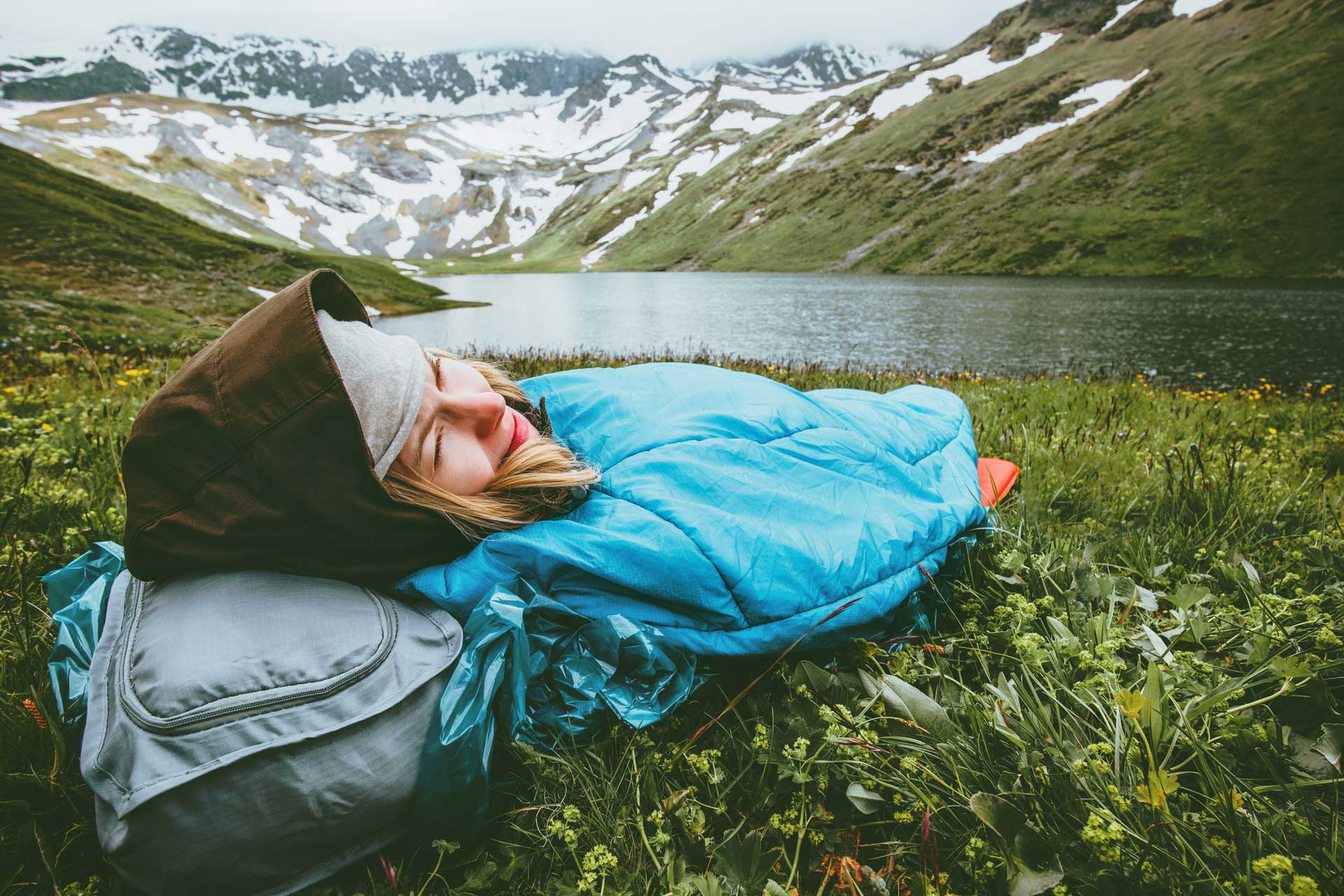This article is our guide to microadventures. It covers all the basics from what we mean when we say ‘microadventure’, to how the idea for them came about, to what counts as a microadventure, to why they’re so popular and what some good ones you can go on in 2022 are. It’s all right here.
What is a microadventure?
A “microadventure” is an overnight, outdoor adventure achievable for ordinary, working people. The term was coined by outdoor adventurer and writer Alastair Humphreys, who wrote a book of ideas on the subject (Microadventures: Local Discoveries for Great Escapes).
So unless there’s an overnight stay involved, it technically isn’t a microadventure. If you do want to count a day hike though, we’re not going to judge you for it. On the flip side, if you go for two nights you could argue it’s a weekend break. We’re not going to be about pedantic about it, however. Life your life. Do a microadventure that works for you.
Why should you go on a microadventure?
The pandemic has made weekends and even annual leave feel like little more than a long lunch break. With our screen time through the roof and too many weekends spent staring at our ghostly reflection in the black mirror, while Netflix interrogates whether or not we’re still watching, a digital detox in the great outdoors is what many of us desperately need and crave. But with travel so uncertain, and dreams of ski holidays, far-flung mountain peaks, and palm-fringed beaches on hold, how exactly do we stave off the blues? With microadventures, of course.
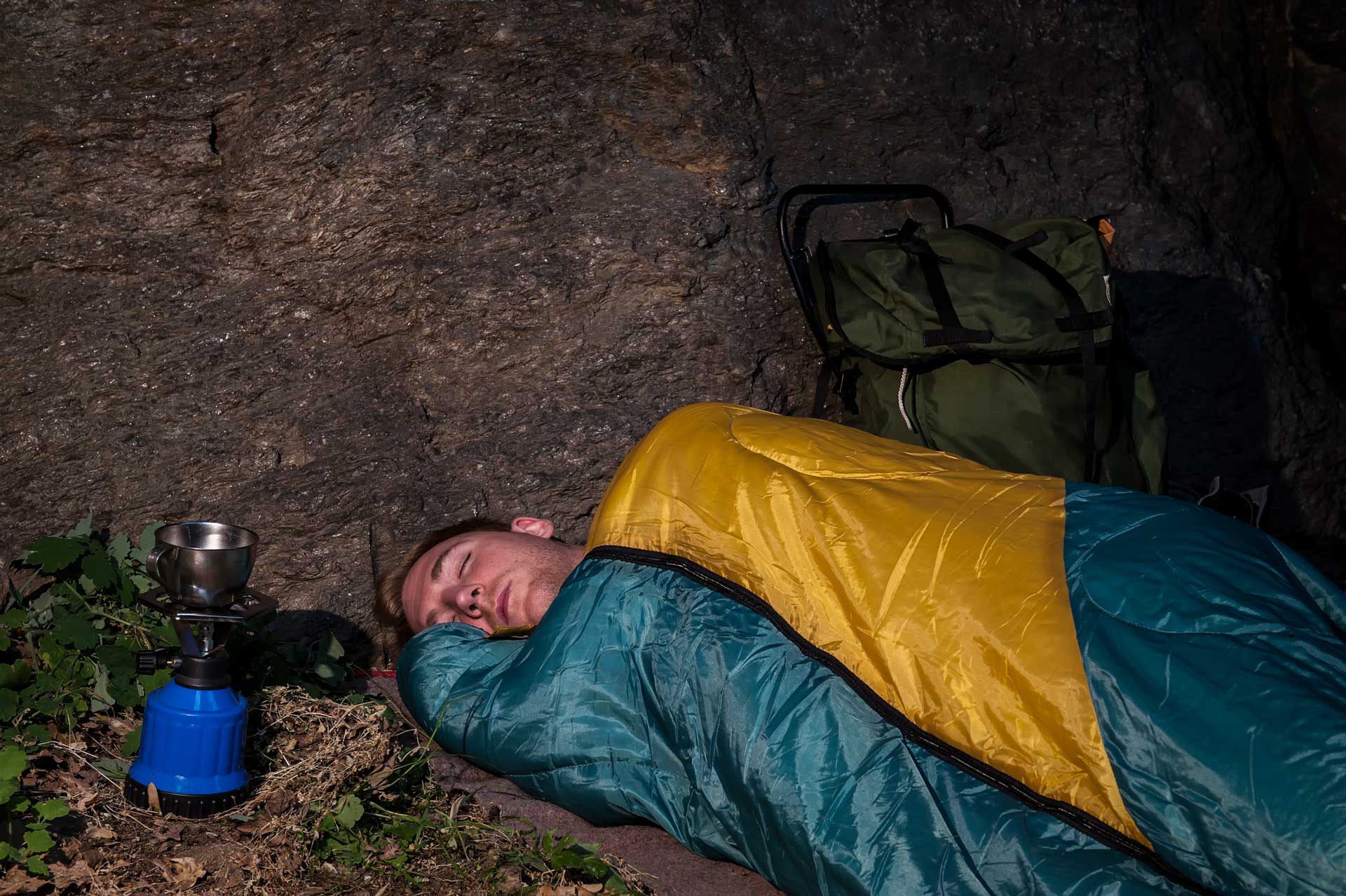
How do I plan a microadventure?
The key considerations are distance and budget. If you’ve only got a night, why not draw a circle in a 20 mile radius around your home to see where you can go?
Sure, you could have a microadventure in a luxury glamping site but doing it on the cheap always feels more intrepid. If you’re wild camping and travelling under your own steam (bike, boat or on foot, for example), your microadventure is likely to cost you less than an evening in with a Deliveroo.
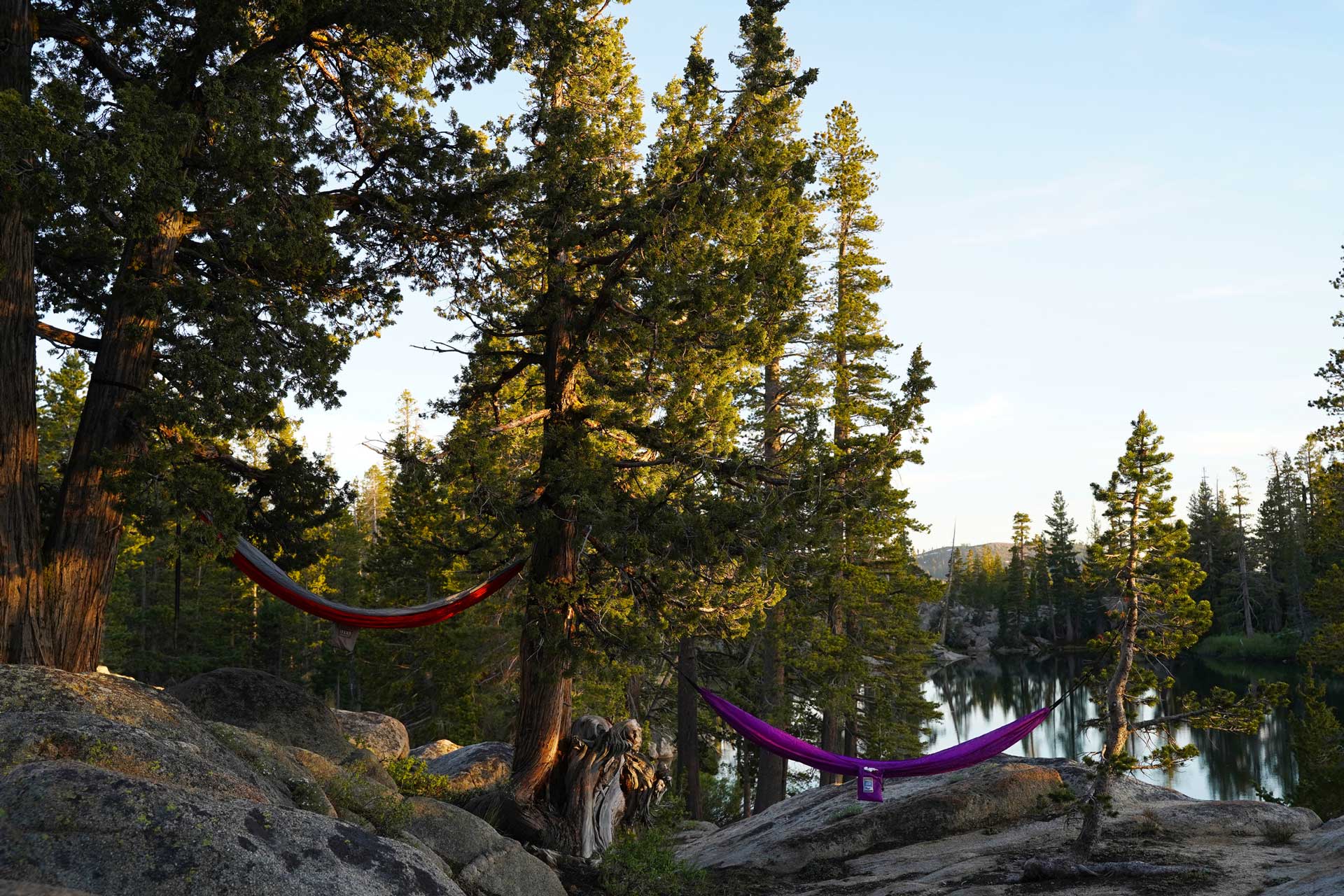
Microadventures To Go On In 2022
Get On The Water
We live on an island, and nowhere in the UK is further from the sea than 70 miles as the crow flies. This means that no matter where in the UK you live, the seaside is achievable for a weekend trip or even an overnighter.
If you’re feeling brave, wild swimming is all the rage. Coldwater swimming is known to boost the immune system, improve circulation and decrease stress, amongst other benefits. Even if you don’t fancy getting in the water, there’s plenty of fun to be had on the shore or surface. Try kayaking or canoeing, punting or paddleboarding, sailing or windsurfing. If you don’t want to travel to the coast, the UK has loads of inland waterways to explore; from the Lake District to the Norfolk Broads.
Kayaks and paddleboards are great ways to go on overnight camping trips to remote places that would otherwise be inaccessible. With all of your gear bundled into heavy-duty drybags, it’ll be well protected from downpours and drizzle too.
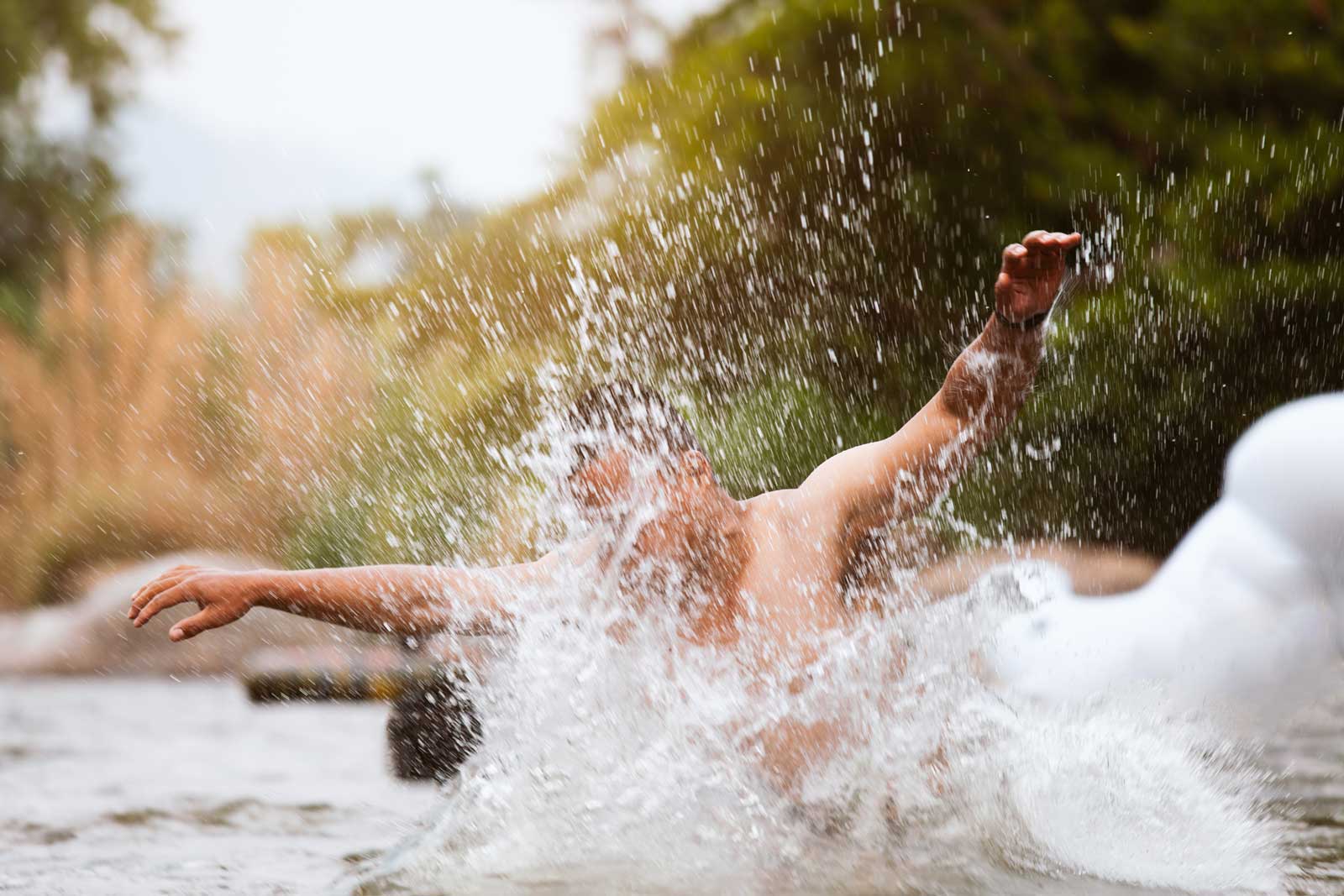
Utilise The ‘5 To 9’
Unfortunately, we’re still waiting for the four day week to be implemented. Whilst we’re all bemoaning losing five precious days out of seven working hard to make a living though, let’s talk about the part of the day that Dolly Parton doesn’t sing about. There’s 15 gorgeous hours, over a 24 hour period, that have so much more potential than just ‘TV watching and sleeping time’. Challenge yourself to go on an adventure on a weeknight. You’ll get a better night’s sleep, and feel far more revitalised, doing this than you will sitting on the couch all evening drinking wine.
The lack of daylight hours during winter doesn’t mean that you have to cut microadventures out of your life. Equipped with a good flashlight and head torch, there’s no reason why a night adventure can’t be just as fun (or even better). Download a useful app like SkySafari and get acquainted with constellations. Notice the wildlife only comes out at night and enjoy the company of owls, bats or even badgers. Relish the opportunity to watch the sunrise without having to set your alarm for 4am.
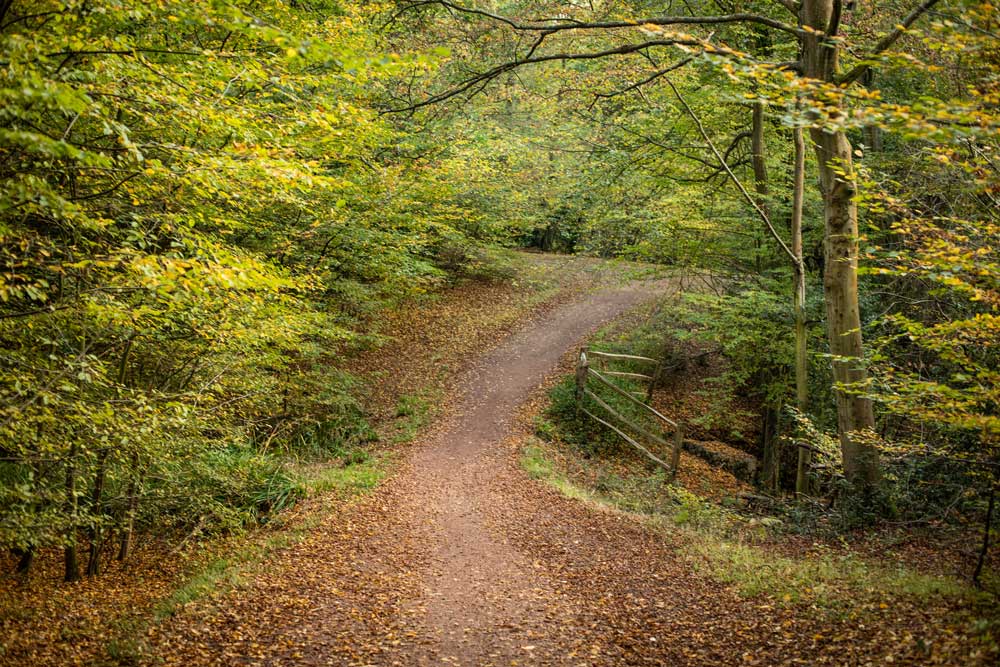
Forage For Your Food
The queue for the supermarket is long, and they’re (probably) out of toilet paper and flour again. To make matters worse, someone’s coughing in the fruit and veg aisle and that banana bread you’d planned on baking is sounding a lot less palatable.
Why not go foraging for your food instead? You can, if you know what you’re doing and where you’re looking, forage for food anywhere in the UK; even in inner-city London. Just do your research first (foraging in London’s Royal Parks, for example, is forbidden). Take a foraging course to go on a day/weekend adventure out of the city, or follow an urban foraging account like Fruity Walks to learn how to forage responsibly in the capital. There’s so much free food on offer that even the traditional pub walk might lose its appeal.
For foraging elsewhere in the UK, try using a seasonal guide to help you begin. The Woodland Trust has a month-by-month guide, and there are some fantastic books available to help you. We particularly recommend The Forager’s Calendar by John Wright.
Always take great care foraging for food on a microadventure, and never eat something unless you’re absolutely sure that you’ve identified it correctly.
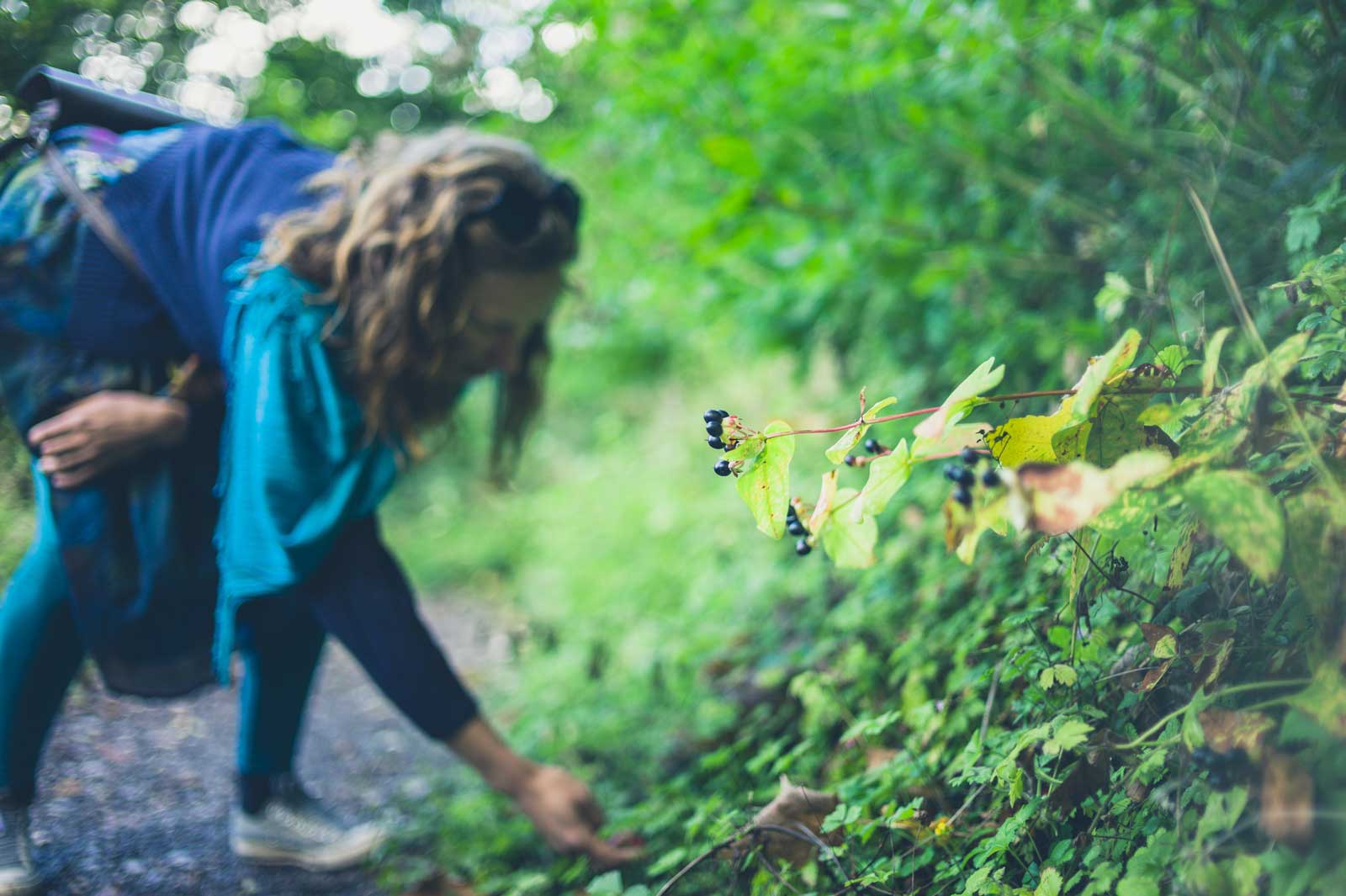
Sleep Under Canvas
Have you quite literally been climbing the four walls of your house out of boredom? Why not take your tent for a spin instead, or if you’re lucky enough to live in Scotland, go on a bothy break? During the cold months of winter you’re far more likely to have your favourite bothy, or favourite camp spot, all to yourself
Wild camping in Scotland is legal. It’s also legal on designated areas on Dartmoor. Just make sure that you leave no trace.
If you’re lucky enough to have a van, check out the StayFree app which helps van owners to find free parking spots all over the world. There are several wild camping sites listed too.
Embrace The Rain
Author and fellwalker Alfred Wainwright said, “there’s no such thing as bad weather, only unsuitable clothing.” Whilst we vehemently disagree and bad weather on the British Isles indisputably exists, our microadventures simply won’t happen if we always wait for bluebird days. Don your warming outdoor gear and waterproof, and head for your nearest wide open space. Peaks, the coast, woodland, moorland: the great British countryside is arguably at its most atmospheric when it’s raining cats and dogs. Plus, that hot toddy will taste all the sweeter when you’re back home.
You May Also Like
10 Of The UK’s Best Wild Swimming Locations
Wild Camping On Dartmoor | An Essential Guide
Beach Camping in the UK | 10 of Britain’s Best Coastal Campsites
We Tested Out Quechua’s ‘2 Seconds Easy’ Camping Tent And Loved It
Camping In Snowdonia | An Essential Guide To Sleeping Outside In North Wales

